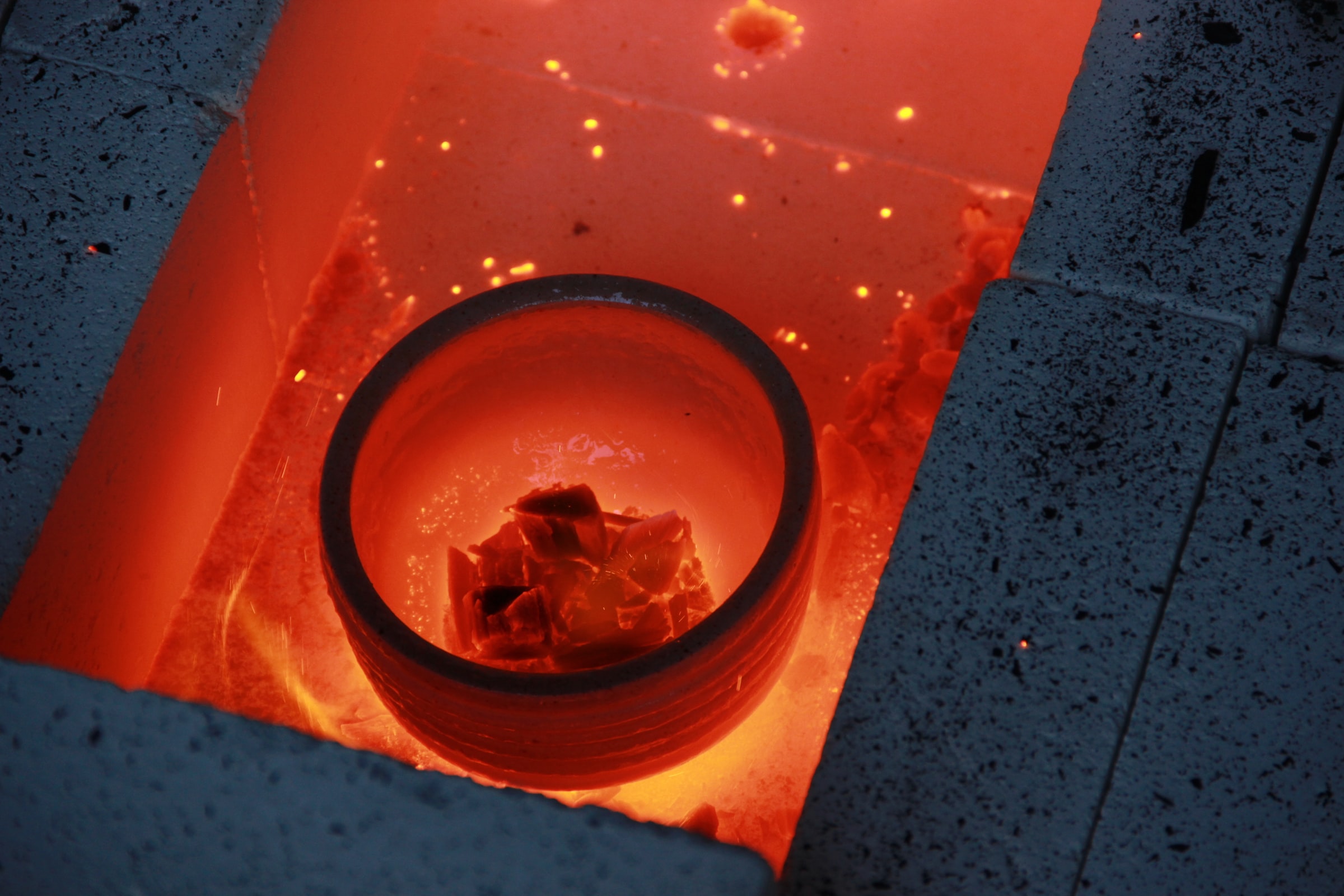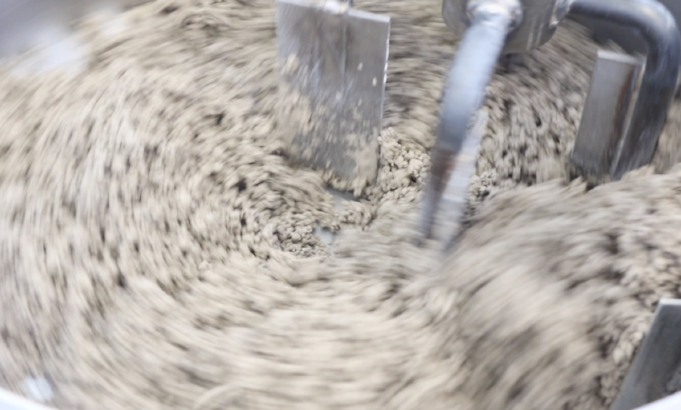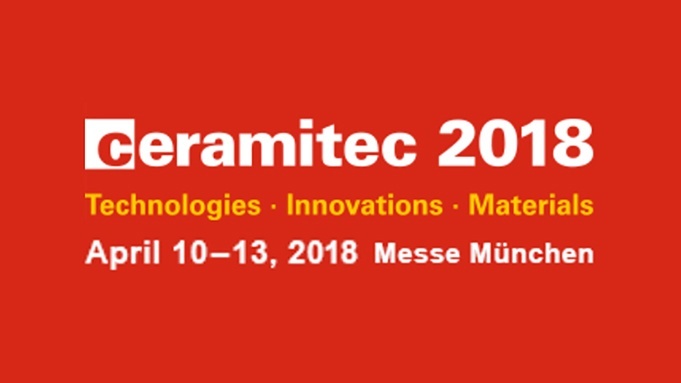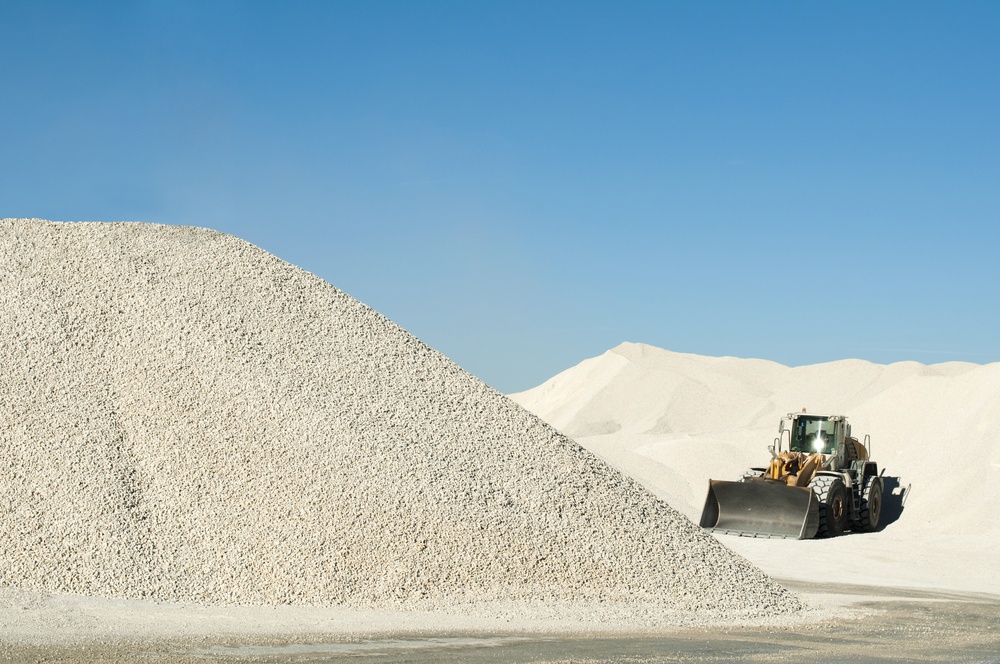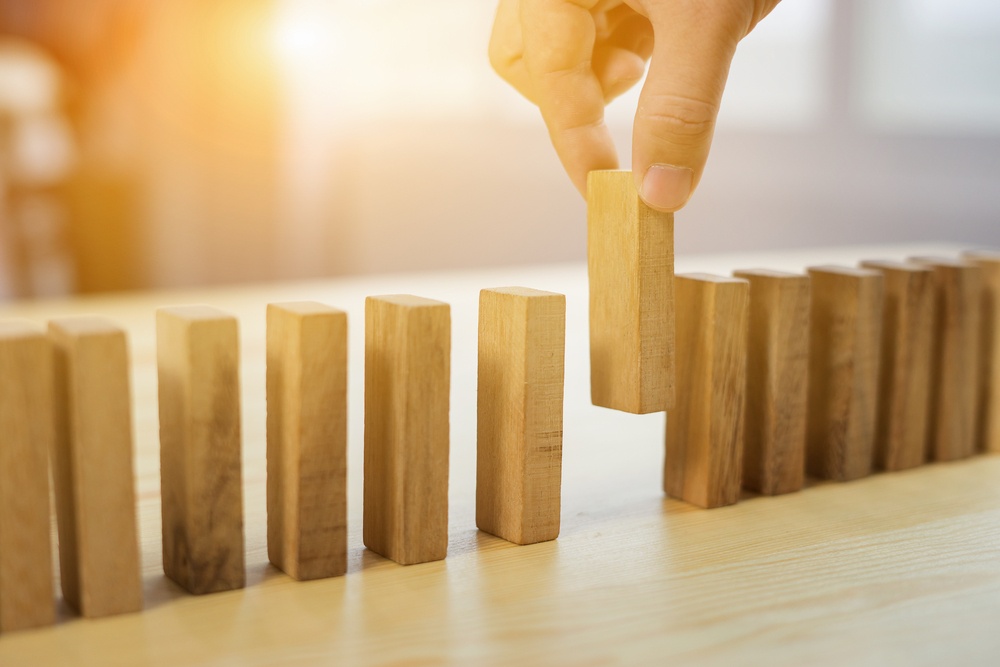For the most part, refractories are named basic, high alumina or silica, fireclay and insultaing. There are additionally classes of what are called "especial refractories" which incorporate Silicon Carbide, Silicon Nitride, Graphite, Zircon, Zirconia, fused cast and a few others. Most refractories are provided as preformed shapes. Although they are also produced as particular purpose clays, bonding mortars and monolithics like castables, plastic refractories, ramming mixes and gunning blends. Indeed, numerous refractories materials have been developed explicitly to meet the conditions of a specific procedure. The trademark properties of every refractory class are a component of both their raw material base and the techniques used to make the refractory items.
What characteristics should binders for shaped refractories have?
By Jack Pongdet 12-Mar-2020 13:50:52
Temaer: Refractory
Like any other sector, the refractory industry is developing to become more environmentally conscious. New efforts and technologies are driving this mentality in the sector. However, there is always room for improvement. We are going to go over some of the major technology improvements in the refractory industry.
Temaer: Refractory
Monolithic refractories have developed over the years to become what they are today. This technical blog post will talk specifically about castables, gunning mixes and dry vibratables and how they have evolved.
Temaer: Refractory
Refractory materials are fabricated in two forms: shaped and unshaped (monolithic) refractories. Shaped refractories include fired and unfired materials with predetermined shapes, precast shapes and fusion cast refractories. Monolithic materials include plastic mixes, castables, ramming materials, dry vibratable, gunning materials, fettling materials, coatings and mortars. Monolithic materials differ from refractory bricks in that they are not shaped and fired before use. These materials do not have high energy requirements, are more readily available, take shorter times to install, can be repaired locally and require less manpower.
Temaer: Refractory
Last week Munich hosted one of the largest ceramic exhibitions: Ceramitec 2018. From 10-13 April the international ceramics industry gathered around the exhibition, which was, in general terms, really successful. In case you couldn't attend, we were there to be able to show you.
Temaer: Structural, Refractory, Ceramics, Technical, Ceramitec
In the past, potters used to “age” their moist clay in damp cellars or storage containers for years to achieve the effects that are now possible after a few minutes of clay mixing.
Temaer: Structural, Refractory, Clay additives
Utilizing more of the raw materials from your mining operations
By Bill Daidone 12-Oct-2017 07:30:00
raw materials
The raw materials used to make bricks are the most important part of the process. The quality of the brick and the success or failure of the brick plant can often be traced to the raw materials. The planning and implementation of a raw materials program is the backbone of a well-run brick plant. Brick plants are often built in close proximity to the primary raw materials to be used for decades. The quality and consistency of these raw materials normally vary throughout the mine property. When the characteristics of some mined materials are too far out of specifications it may be necessary to avoid these raw materials thus reducing the raw material reserves. Some of the characteristics and some of the ways to optimize the usage of raw materials are described below.
Temaer: Structural, Refractory, raw materials
How to improve Lubrication of the molds during your ceramic process
By Miguel Ten 28-Sep-2017 07:30:00
The pressing stage is one of the most demanding in the production of ceramic bodies. Therefore, gaining any improvements here is directly translated into savings along the production process. These improvements will help to optimize the total costs of the manufactured products by reducing losses whilst improving the quality of the shaped materials.
Temaer: Decorative, Plasticity, Refractory, lubrication
How to select the perfect binder for shaped refractory bricks manufacturing
By Jack Pongdet 03-Aug-2017 07:31:00
Generally, refractories are classified as basic, high alumina/silica, fireclay and insulating. There are also classes of “special refractories” which include Silicon Carbide, Silicon Nitride, Graphite, Zircon, Zirconia, fused cast and several others. Most refractory materials are supplied as preformed shapes. However, they also are manufactured in the form of special purpose clays, bonding mortars and monolithic such as castable, plastic refractories, ramming mixes and gunning mixes. In fact, many refractories materials have been developed specifically to meet the service conditions of a particular process. The characteristic properties of each refractory class are a function of both their raw material base and the methods used to manufacture the refractory products.
Temaer: Structural, Refractory
Eliminating cracks in your brick production: not as difficult as you think.
By Bill Daidone 22-Jun-2017 07:30:00
Drying is one of the most critical parts of making quality brick. There are a number of things that can be done to improve drying and reduce drying defects. In order to reduce cracking there needs to be an understanding of the drying process and understanding of the brick body that is being dried.
Temaer: Structural, Refractory

